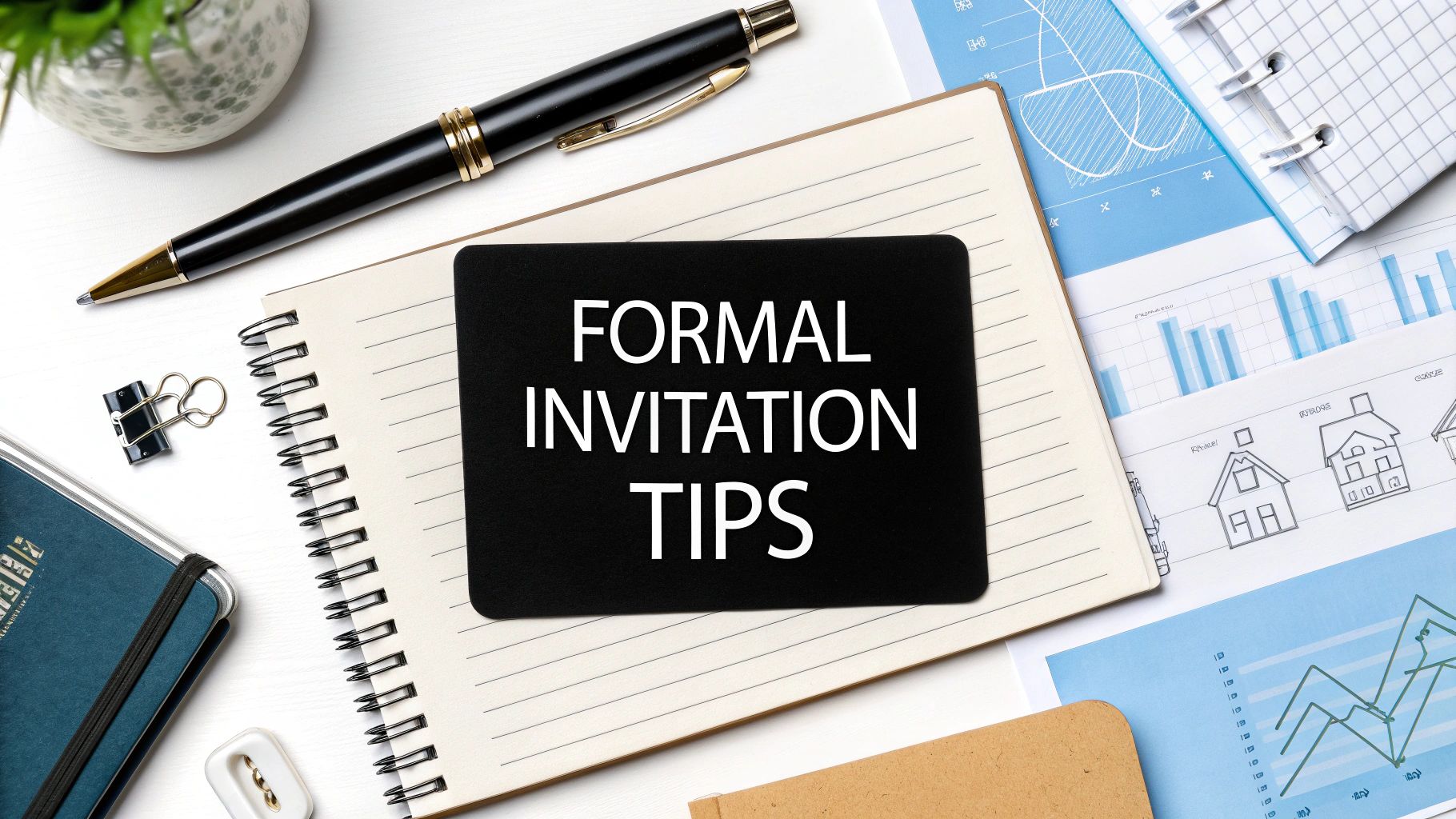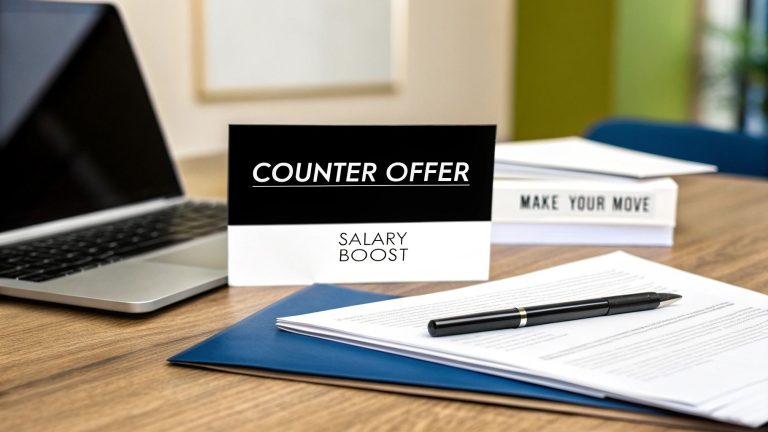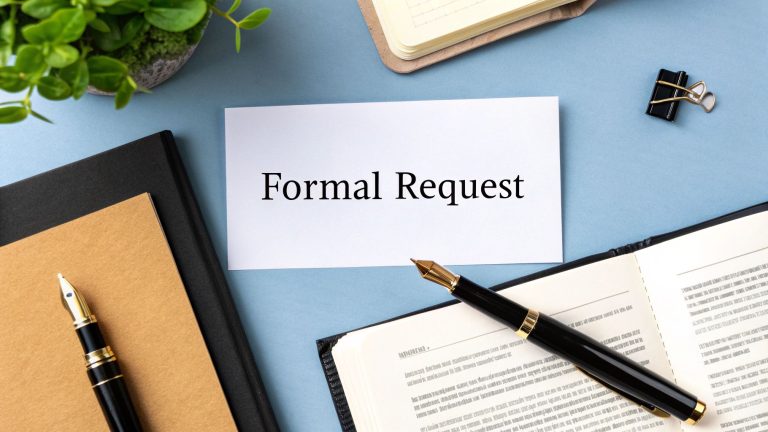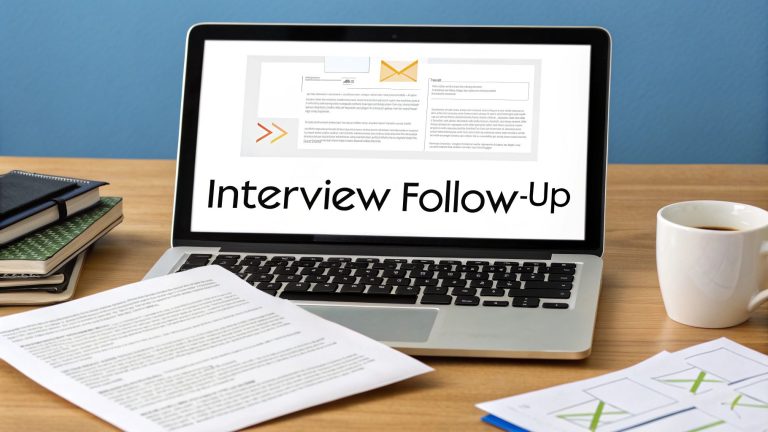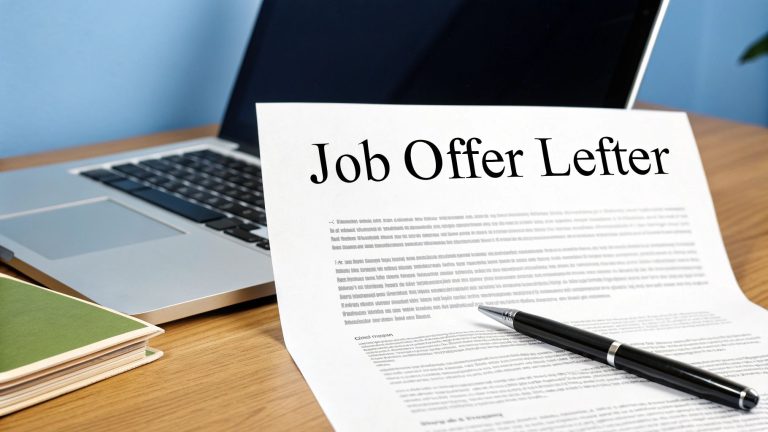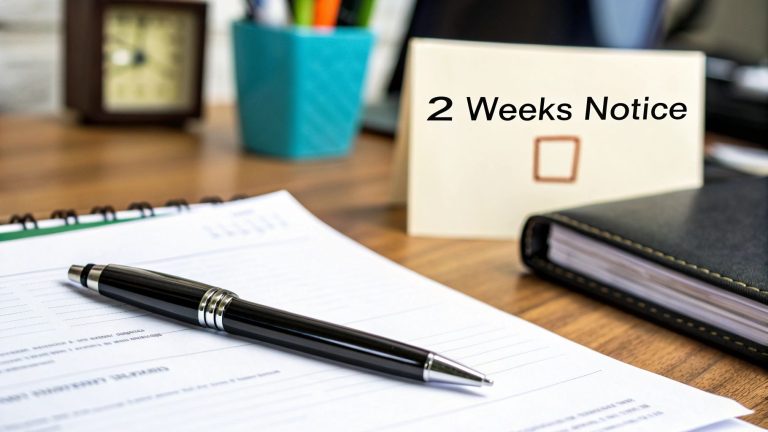A well-crafted formal invitation is more than just a request for attendance; it's a reflection of your event's importance and your organization's professionalism. Whether you're planning a corporate conference, a wedding, or an academic symposium, the right wording and format can make all the difference in setting the tone and ensuring a positive response. Getting the details right is crucial, and it’s a key step in bringing your plans to life.
This guide breaks down seven distinct formal invitation letter examples, providing a strategic analysis of each one. We'll move beyond simple templates to explore the specific language, structure, and tactics that make them effective. You'll gain actionable takeaways to create your own polished and persuasive invitations for any occasion. For a comprehensive guide to organizing any gathering, consult our ultimate event planning checklist to ensure no detail is missed.
We will also analyze the key components of a formal invitation, from the proper salutation and clear event details to a professional closing. Our goal is to equip you with the insights needed to craft messages that are received with the respect and attention they deserve, helping you secure the attendance of your most important guests.
1. Corporate Business Event Invitation Letter
A corporate business event invitation is a formal letter sent to stakeholders, clients, or employees for events like conferences, product launches, or annual shareholder meetings. This type of invitation sets a professional tone, acting as an official record that conveys the event's importance and legitimacy. It is a critical touchpoint that reinforces your brand’s professionalism and attention to detail.
For example, a Fortune 500 company inviting investors to its annual meeting or a tech firm like Microsoft announcing a major product launch will use this format. The structure is key; it follows a strict business letter format, typically printed on company letterhead and using formal language throughout. The goal is to provide all necessary information clearly while representing the company's brand identity.
Strategic Breakdown and Analysis
The effectiveness of a corporate invitation lies in its precision and formality. It's not just about providing details; it's about signaling the event's significance. A well-crafted letter shows respect for the recipient's time and position, making them more likely to attend. Every element, from the quality of the paper to the accuracy of the recipient’s title, contributes to the overall impression.
The following infographic highlights the three non-negotiable components of any corporate event invitation.
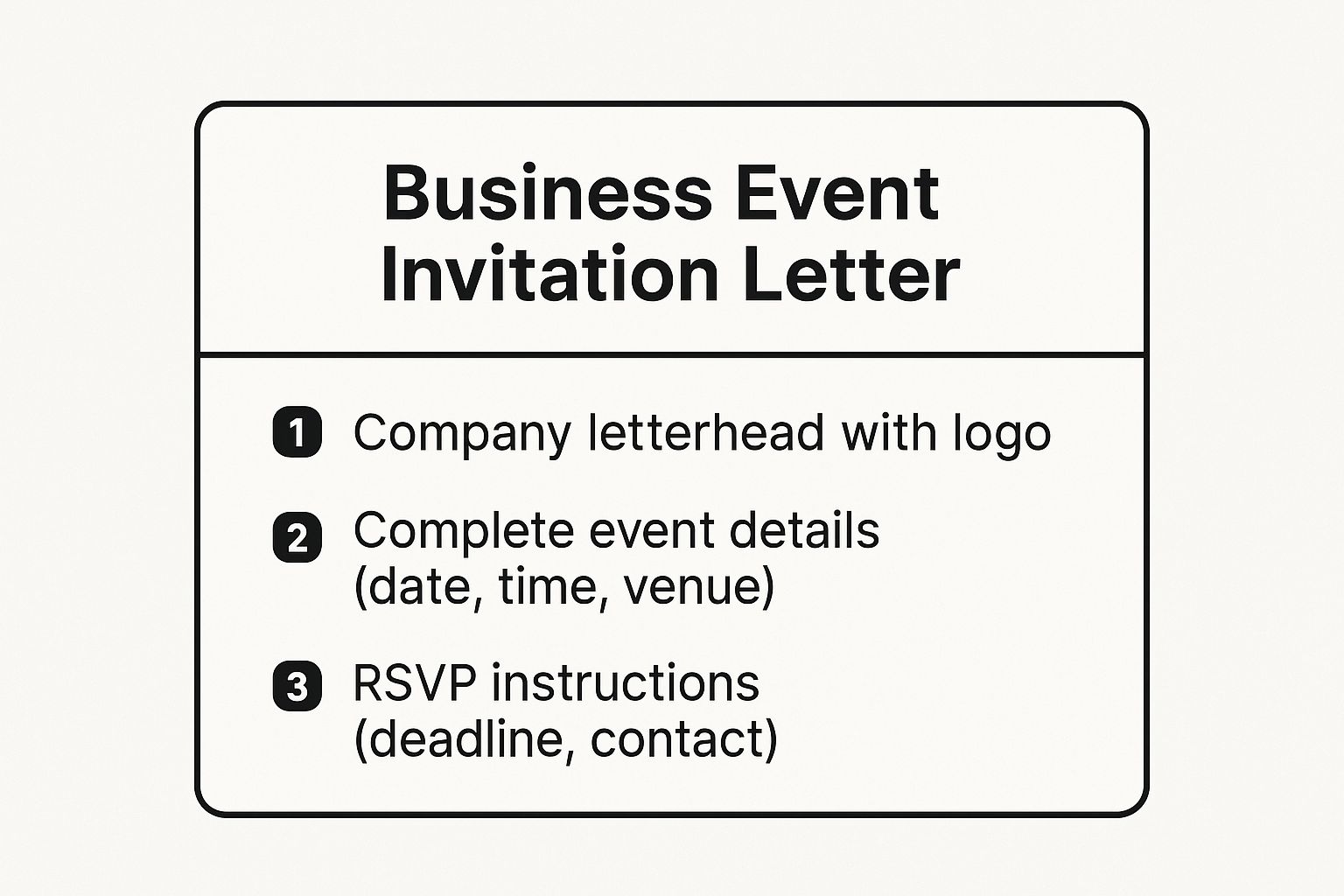
This summary box shows that an effective invitation is built on a foundation of professional branding, clear event specifics, and a straightforward call to action for the RSVP.
Actionable Takeaways
To create a compelling invitation, follow these practical steps:
- Send in Advance: For major events, send invitations 4-6 weeks beforehand to allow guests ample time to plan.
- Personalize Each Letter: Address each recipient by their correct name and professional title to show individual recognition.
- Include Logistics: Provide essential details like parking instructions, maps, and accommodation options for out-of-town guests.
- Master the Format: Proper business letter formatting is crucial for maintaining a professional image. For a detailed guide, you can learn more about how to correctly format a business letter.
For a deeper dive into crafting formal invitations, the video below offers excellent visual examples and tips.
2. Wedding Invitation Letter
A wedding invitation letter is a formal request for a guest's presence at a wedding ceremony and reception. While many modern weddings use designed cards, a formal letter is often chosen for destination weddings, intimate family gatherings, or situations requiring more detailed information than a standard card can provide. This format upholds tradition and conveys the significance of the event with grace and elegance.
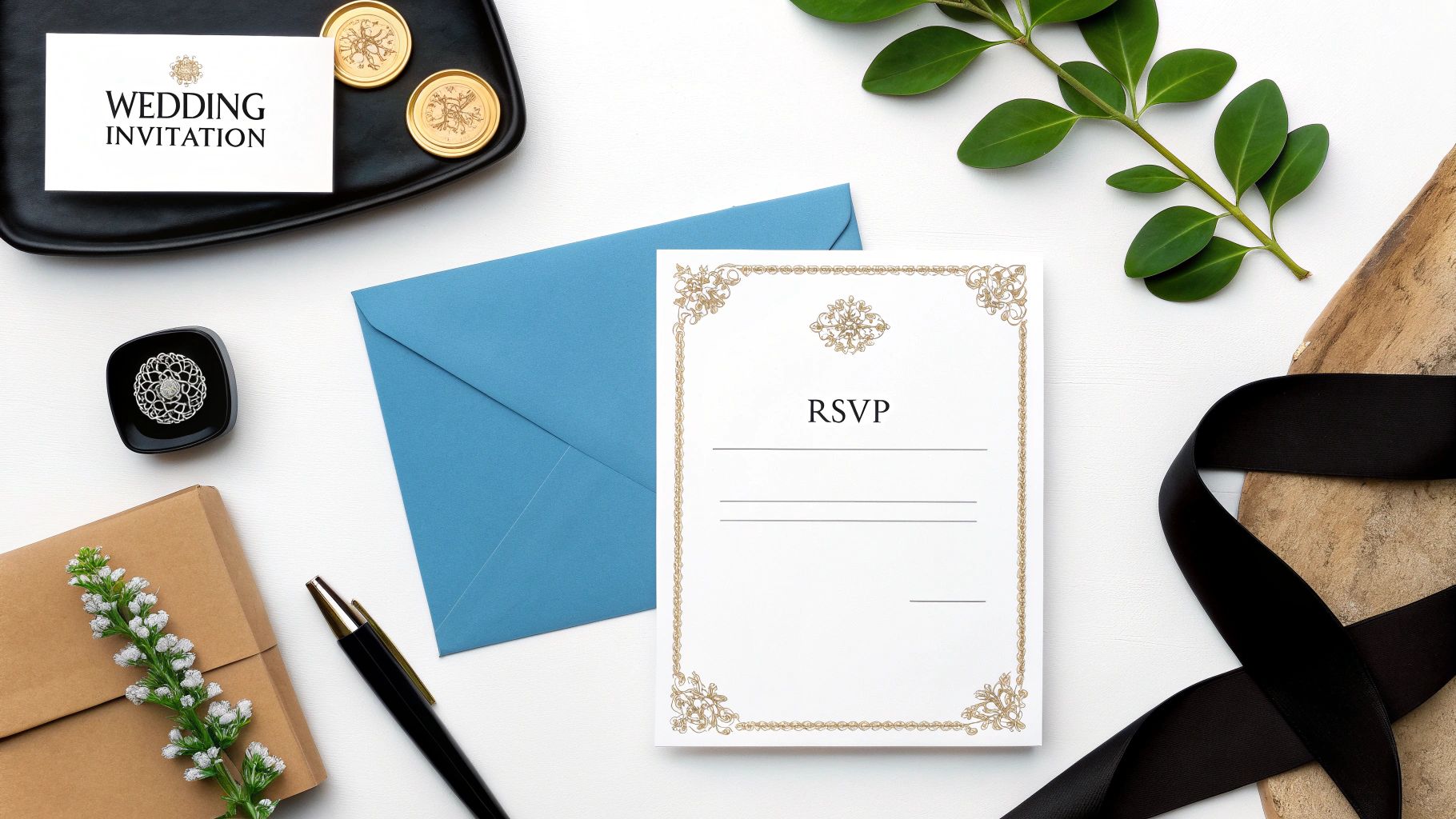
For instance, a letter for a destination wedding in Italy would include travel and lodging details, while an invitation for a second marriage might be penned by the couple themselves, adding a personal, yet formal, touch. The structure follows time-honored etiquette, ensuring every guest feels personally honored and fully informed about the upcoming celebration.
Strategic Breakdown and Analysis
The power of a wedding invitation letter lies in its blend of formality and personal sentiment. It’s more than a logistical document; it’s a cherished keepsake that sets the tone for one of life's most important events. Following established etiquette, as popularized by figures like Emily Post, shows respect for tradition and for the guests being invited.
Every detail, from the wording of the hosts' names to the specific mention of the reception, is carefully considered. This meticulous approach prevents confusion and ensures guests understand the schedule, dress code, and other key aspects of the day, making them feel welcome and valued.
Actionable Takeaways
To compose an elegant and effective wedding invitation letter, follow these tips:
- Send Well in Advance: Mail invitations 8-12 weeks before the wedding, or even earlier for destination weddings, to give guests ample time to arrange travel.
- Use Formal Titles: Address guests using formal titles such as Mr., Mrs., Dr., and Ms. Spell out names completely without abbreviations.
- Clarify Guest Details: Explicitly state who is invited. Clearly mention if children are welcome or if the event is adults-only to avoid any misunderstanding.
- Integrate Modern Convenience: While tradition is key, adding a modern touch can simplify logistics. For a contemporary approach to wedding invites, explore guidance on creating modern wedding QR code invitations that can link guests directly to your wedding website for RSVPs and more details.
3. Academic Conference or Symposium Invitation Letter
An academic conference invitation is a formal letter sent by universities, research bodies, or scholarly societies to invite academics, researchers, and experts to participate in events like conferences, symposiums, or seminars. This invitation is crucial as it not only encourages attendance but often serves as an official request for keynote speeches, paper presentations, or panel participation. It adheres to strict scholarly communication standards and is often a required document for obtaining travel visas or institutional funding.
For example, a prestigious organization like the IEEE might invite an engineer to present a groundbreaking paper, or a medical school could invite a leading surgeon to deliver a keynote address. These formal invitation letter examples are distinguished by their detailed, formal nature, providing all necessary information about the event's theme, submission guidelines, and key dates, which are vital for a scholarly audience.
Strategic Breakdown and Analysis
The power of an academic invitation letter lies in its credibility and clarity. Its purpose extends beyond a simple invitation; it validates the event's academic rigor and formally recognizes the recipient's expertise. A well-structured letter conveys respect for the academic community and provides the necessary details for participants to justify their attendance to their home institutions.
The tone must be professional and formal, reflecting the scholarly nature of the event. Every detail, from clearly stated submission deadlines to information about the peer-review process, builds the conference's reputation and encourages high-quality contributions.
Actionable Takeaways
To draft an effective academic invitation, consider these practical steps:
- Plan Long-Term: For international conferences, send invitations 6-12 months in advance to accommodate travel planning, visa applications, and paper submissions.
- Be Explicit About Funding: Clearly state whether the invitation includes an honorarium, travel reimbursement, or other financial support. This transparency is critical for invited speakers.
- Detail Submission Requirements: Provide comprehensive guidelines on abstract or paper formatting, submission portals, and critical deadlines for the peer-review process.
- Offer Visa Support: Mention any support available for international attendees, such as official invitation letters required for visa applications. You can often find templates for these on university international office websites.
- Showcase Key Participants: Listing confirmed keynote speakers or notable academics can significantly boost interest and attract a wider range of participants.
4. Diplomatic or Government Official Invitation Letter
A diplomatic or government official invitation is a highly formal letter used by state agencies, embassies, and government bodies. These are issued to invite foreign dignitaries, officials, or esteemed citizens to state dinners, national ceremonies, or bilateral meetings. This type of invitation adheres to strict international protocols and diplomatic conventions, carrying significant legal and political weight. It often serves as a required document for official travel and visa purposes.
For instance, an invitation from the White House to a foreign head of state for a state visit or a letter from a United Nations department inviting member state representatives to a global summit would use this format. The language is precise, respectful, and steeped in formal tradition. The letter is typically printed on official letterhead, signed by a high-ranking official, and may even be delivered through diplomatic channels.
Strategic Breakdown and Analysis
The power of a diplomatic invitation lies in its adherence to protocol and its reflection of sovereignty and respect. This formal invitation letter example is more than a request; it is an official state communication. Every detail, from the use of the recipient’s full, correct title to the specific mention of diplomatic courtesies, reinforces the gravity of the event and the respect accorded to the guest. It is a critical tool in international relations.
A misstep in protocol can cause a diplomatic incident, so precision is non-negotiable. The goal is to convey honor and importance while providing logistical information in an official capacity. The tone must be unfailingly formal and courteous, reflecting the relationship between the two states or entities involved.
Actionable Takeaways
To draft an effective diplomatic or government invitation, follow these critical steps:
- Allow Ample Lead Time: Send diplomatic invitations 3-6 months in advance to accommodate complex international travel schedules and security arrangements.
- Verify Titles and Names: Use official diplomatic channels to confirm the exact full name and title of every recipient. There is zero room for error.
- Include Protocol Information: Provide the contact details for a designated protocol officer who can coordinate logistics, security, and specific needs.
- Specify Dress Code: Use formal, internationally recognized terminology for the dress code, such as "White Tie," "Black Tie," or "National Dress."
- Outline Security Procedures: Clearly state all security requirements, including necessary identification and screening processes upon arrival.
- Translate When Necessary: If the recipient's official language is different, provide a professional and accurate translation alongside the original letter.
For a comprehensive guide on the nuances of formal correspondence, you can get more information on how to write a letter.
5. Job Interview or Employment Invitation Letter
A job interview or employment invitation is a formal letter sent by an employer to a candidate who has been shortlisted for a position. This letter serves as the official confirmation of an interview, providing all the necessary details for the candidate to prepare. It is a crucial document in the hiring process that establishes a professional and organized first impression of the company.
For instance, tech giants like Google send these letters for their multi-stage interview processes, and government agencies use them for roles requiring security clearance. The format is typically a standard business letter, often sent via email, that clearly outlines the interview's purpose, time, location, and key participants. The goal is to eliminate ambiguity and ensure the candidate feels informed and valued from the outset.
Strategic Breakdown and Analysis
The effectiveness of a job interview invitation lies in its clarity and professionalism. This communication is more than just a schedule confirmation; it's an extension of the company's employer brand. A well-structured, detailed, and courteous invitation signals that the organization is organized, respectful of the candidate’s time, and serious about the hiring process.
This letter sets the tone for the candidate's entire experience. Elements like providing an agenda, specifying the dress code, or offering accessibility information demonstrate a high level of care and thoroughness, which can significantly influence a top candidate's decision to accept an offer.
Actionable Takeaways
To create an effective and professional job interview invitation, follow these practical steps:
- Provide Ample Notice: Send the invitation at least one to two weeks before the scheduled interview to give candidates sufficient time to prepare and make necessary arrangements.
- Be Explicit with Details: Clearly state the date, time (including time zone for virtual interviews), location (with parking or transit info), and the names and titles of the interviewers.
- Set Clear Expectations: Mention the expected dress code, whether the candidate needs to prepare a presentation or technical assessment, and the overall structure of the interview.
- Offer Support: Include contact information for a backup person in case of delays and a link to test technology for virtual interviews. For guidance on maintaining a professional tone, you can learn more about professional letter writing.
6. Formal Fundraising or Charity Gala Invitation Letter
A formal fundraising or charity gala invitation is a persuasive letter sent by nonprofit organizations to invite donors, sponsors, and supporters to events designed to raise funds. This type of invitation must strike a delicate balance between formal elegance and emotional appeal. It serves not only to inform guests about the event but also to connect them with the organization's mission and inspire generosity.
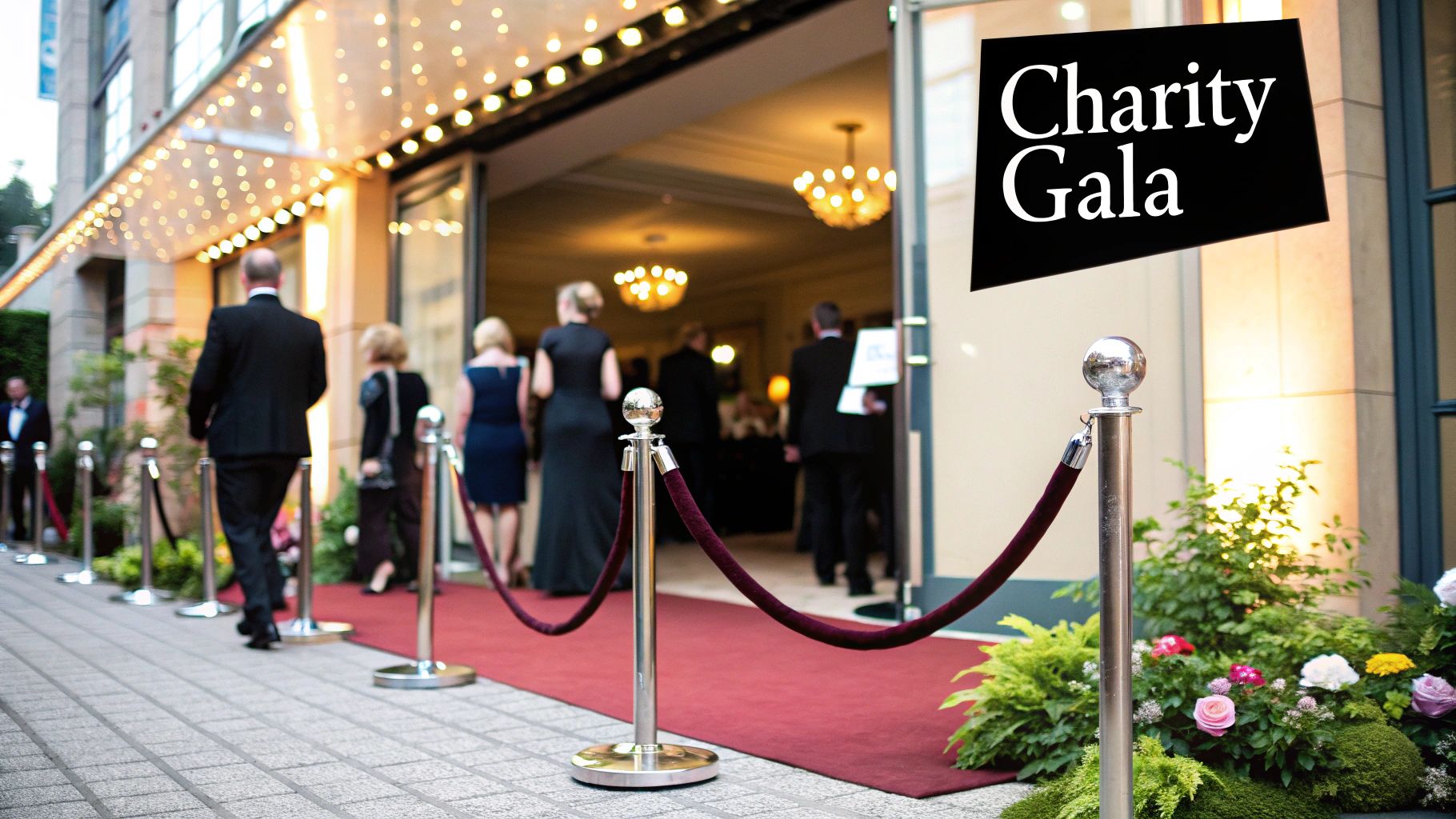
Unlike a standard corporate invitation, a gala letter’s primary goal is to convert attendance into financial support. Prestigious events like the Met Gala or a hospital foundation’s annual charity ball use this format to attract high-profile guests and major donors. The language is both aspirational and direct, blending storytelling with a clear call for donations, making it one of the more complex formal invitation letter examples.
Strategic Breakdown and Analysis
The power of a charity gala invitation lies in its ability to connect the attendee's presence to a meaningful impact. The invitation itself is a marketing tool, reflecting the event's prestige and the cause's importance. High-quality paper, sophisticated design, and personalized touches signal that the event is a premier occasion worthy of the recipient’s time and contribution.
The narrative is crucial. It must concisely explain why the fundraising is necessary, often by sharing a compelling story or impactful statistic. By framing the event as an opportunity to be part of a solution, the invitation transforms a simple request for attendance into an appeal to the recipient’s values and philanthropic spirit.
Actionable Takeaways
To craft a persuasive and effective fundraising invitation, consider these strategies:
- Lead with the "Why": Open with a powerful statement about the cause or a short, impactful story. Connect the event directly to the mission.
- Send Well in Advance: Mail invitations 6-8 weeks before major galas to accommodate the schedules of prominent guests and corporate sponsors.
- Personalize for Major Donors: Acknowledge past contributions or specific interests of high-value donors to make them feel seen and appreciated.
- Clarify Contribution Levels: Clearly outline sponsorship opportunities, ticket prices, and donation tiers to make it easy for guests to decide how they can support the cause.
- Provide Multiple RSVP Options: Include a physical response card, a link to an online registration form, and a phone number to simplify the RSVP process for all guests.
7. Legal or Court Appearance Invitation Letter
A legal invitation letter is a formal document requesting an individual's presence for a legal matter, such as a deposition, mediation, or will reading. Unlike a subpoena, which legally compels attendance, this letter is a formal request. It is a critical tool for law firms, corporate legal departments, and mediators to facilitate voluntary cooperation while maintaining professional and legal decorum.
For instance, a law firm might send one to a potential witness for a pre-trial interview, or an estate attorney might use it to invite beneficiaries to the reading of a will. The letter’s structure is paramount; it must be unambiguous, formal, and clearly state the purpose of the meeting. The goal is to secure attendance through professional courtesy rather than legal obligation, setting a cooperative tone for the proceedings.
Strategic Breakdown and Analysis
The power of a legal invitation letter lies in its balance of formality and voluntary request. It signals the seriousness of the matter without being overly intimidating, which can be crucial for gaining cooperation from witnesses or other parties. A well-written letter respects the recipient’s rights and time, which can foster a more collaborative environment before any formal legal action is necessary.
This letter must precisely define its purpose and distinguish itself from a legally binding order. Clarity is non-negotiable, as any ambiguity could lead to misunderstandings or non-compliance. Every detail, from the case reference number to the statement on legal representation, reinforces the letter's legitimacy and the sender’s professionalism.
Actionable Takeaways
To draft an effective legal invitation, follow these practical steps:
- Clarify Voluntary Nature: Explicitly state that attendance is requested, not legally mandated, to avoid confusion with a summons.
- Provide Ample Notice: Send the invitation at least 2-3 weeks in advance to give the recipient adequate time to arrange their schedule or seek counsel.
- Specify the Context: Clearly mention the purpose of the meeting, such as a deposition or consultation, and whether it will be on or off the record.
- Inform Them of Their Rights: Include a statement informing the recipient of their right to have their own legal counsel present. While this is a legal request, understanding how to address the judiciary in other contexts is also important; you can learn more about how to correctly format a letter to a judge.
Formal Invitation Letter Types Comparison
| Invitation Type | Implementation Complexity | Resource Requirements | Expected Outcomes | Ideal Use Cases | Key Advantages |
|---|---|---|---|---|---|
| Corporate Business Event Invitation | Medium – Formal format and personalization | Moderate – Printing, mailing costs | Official, credible invitations with event details | Product launches, annual meetings, conferences | Professional credibility; official record; brand image |
| Wedding Invitation Letter | Medium – Etiquette sensitive and detailed | Low to moderate – printing optional | Personalized, formal ceremony invitations | Intimate weddings, destination ceremonies | Personalization; cultural etiquette; keepsake value |
| Academic Conference or Symposium Invite | High – Detailed info, coordination needed | Moderate – Printing, mailing, revisions | Professional event attendance and paper submissions | Academic conferences, symposiums, seminars | Credibility; funding support; visa documentation |
| Diplomatic or Government Official Invite | Very High – Strict protocol and approvals | High – Coordination and formal layers | Authorized official invitations for state events | State visits, diplomatic ceremonies | Highest authority; legal weight; security clearance |
| Job Interview or Employment Invitation | Low to medium – Clear info but straightforward | Low – Digital or print communication | Confirmed interview attendance and candidate preparation | Recruitment, HR interviews | Official confirmation; candidate prep; legal compliance |
| Formal Fundraising or Charity Gala Invite | Medium – Balancing formality and emotional appeal | Moderate – Quality printing, follow-ups | Attendance and donor engagement with fundraising | Charity galas, donation campaigns | Combines appeal with info; donor relations; tax info |
| Legal or Court Appearance Invitation | High – Formal legal language, careful wording | Moderate – Coordination with attorneys | Voluntary legal appearance documentation | Depositions, mediations, legal consultations | Formal record; cooperative tone; legal process support |
Crafting Your Perfect Invitation with Confidence
Navigating the world of formal invitations can feel like learning a new language, where every word and structural choice carries significant weight. Throughout this guide, we've explored a diverse collection of formal invitation letter examples, moving from corporate galas and academic symposiums to weddings and diplomatic functions. Each template and analysis was designed to do more than just provide a script; it was meant to reveal the underlying strategy of effective formal communication.
The most critical takeaway is that a successful invitation achieves a perfect balance between established etiquette and clear, purposeful messaging. It's not just about what you say, but how you say it. The tone must be meticulously calibrated to the event's nature and the recipient's status, ensuring the message is received with the intended respect and seriousness.
Core Principles for Success
Across all the examples, from a job interview summons to a charity fundraiser appeal, three fundamental pillars stand out. Mastering these will elevate your invitations from simple announcements to compelling calls to action.
- Clarity is Paramount: Your primary goal is to provide all necessary information without ambiguity. This includes the Five Ws: Who is invited, What the event is, When it will occur (date and time), Where it will be held (full address), and Why it is being held (the purpose).
- Formality Signals Respect: The structure, language, and salutations you choose are not just traditions; they are direct reflections of the respect you hold for your guest and the significance you place on the event itself. A well-crafted formal letter immediately establishes a tone of importance and professionalism.
- The RSVP is Your Strategic Tool: A clear and firm RSVP request is non-negotiable. It is the mechanism that allows for precise planning and demonstrates an organized, professional approach to event management. Specifying the method and deadline for responding eliminates confusion and ensures you get the information you need.
By internalizing these principles, you transform the task of writing an invitation from a chore into a strategic opportunity. You are not merely requesting a person's presence; you are setting the stage for the event itself, building anticipation, and affirming the value of their attendance. The confidence to draft such a letter comes from understanding these foundational rules and knowing how to adapt them to any situation. Whether you are using one of our formal invitation letter examples as a starting point or crafting one from scratch, these insights will guide you toward a polished and effective final product.
Ready to move from example to execution? The AI Letter Generator can help you craft a flawless formal invitation in seconds. Simply choose your event type, input the key details, and let our tool generate a professional, context-aware letter that aligns with the highest standards discussed here. Streamline your process and send your next invitation with complete confidence. Visit the AI Letter Generator to get started.
